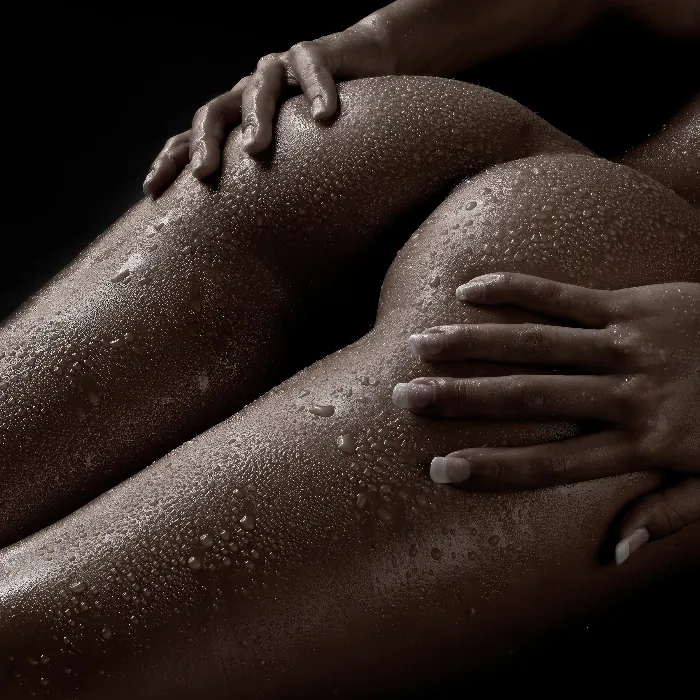Sketch legend: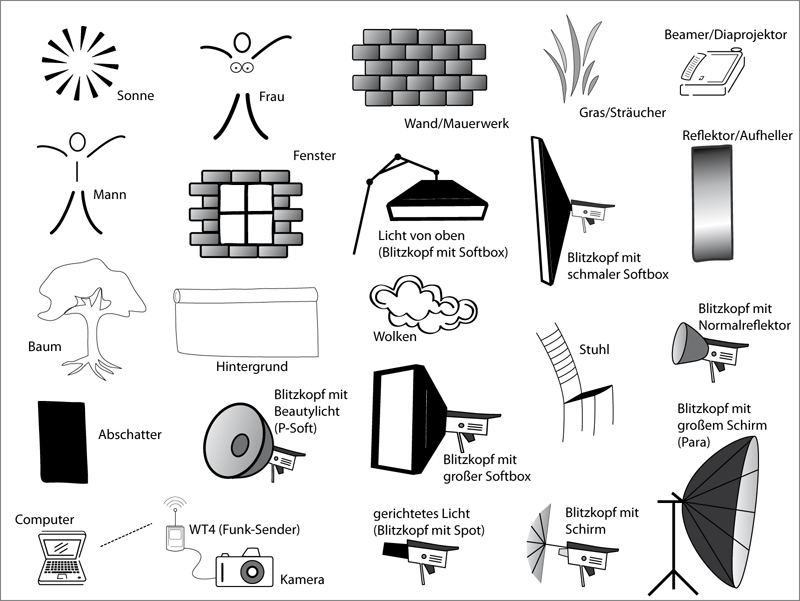
The different characteristics of erotic photography lead to attempts to catalog it into different styles. Of course, the styles cannot always be sharply delineated, and in addition, the great variety of photographs is subject to change over time; new aspects are added, old ones disappear, which means that the styles cannot be clearly distinguished from one another and any cataloging is also incomplete and only valid for a limited period of time.
Photography is, after all, a creative form of expression of a multitude of very different individuals, which means that the most diverse results are created, resulting in its diversity. But that is precisely what makes it so appealing, because if all photographers had the same way of seeing things, the same background in terms of camera technique and image composition, the results would be interchangeable and therefore - ultimately - boring.
Another reason why cataloguing cannot be carried out in a textbook or scientifically correct manner is that the classification of the various sub-disciplines in erotic photography is partly based on subjectively biased terms that are assigned different meanings by different people. It is certainly understandable that an open-minded artist will differentiate between the terms "eroticism" and "pornography" somewhat differently than a Catholic village priest in Bavaria...
According to the understanding of methodological individualism, it is the individual photographer whose subjective values, personal experiences and individualistic views shape the respective photograph, and it is the individual viewer who interprets this image individually on the basis of his or her education and subjective, according to Popper, hypothesis-like knowledge. In other words: with a world population of over 6 billion people, it can be assumed that the classification of the terms "eroticism", "romance" or "pornography" will result in an unmanageable amount of content. The following classification is therefore merely intended to give you an indication of which means and signals are commonly used in Central Europe at the beginning of the 21st century in the respective style.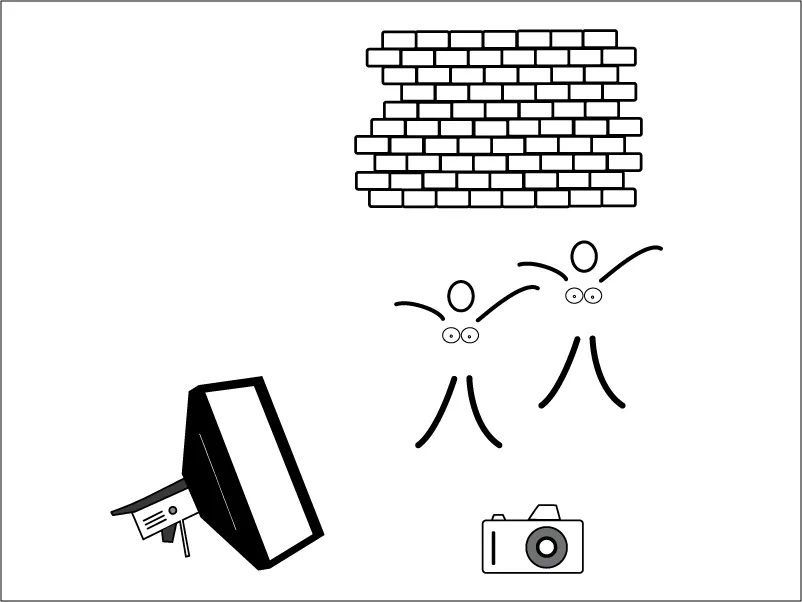
It is not always possible to determine exactly which photographic style the respective photo belongs to. Fetish? Provocative? Playful? It doesn't matter, more important than a correct classification is that the result pleases the photographer and the models!
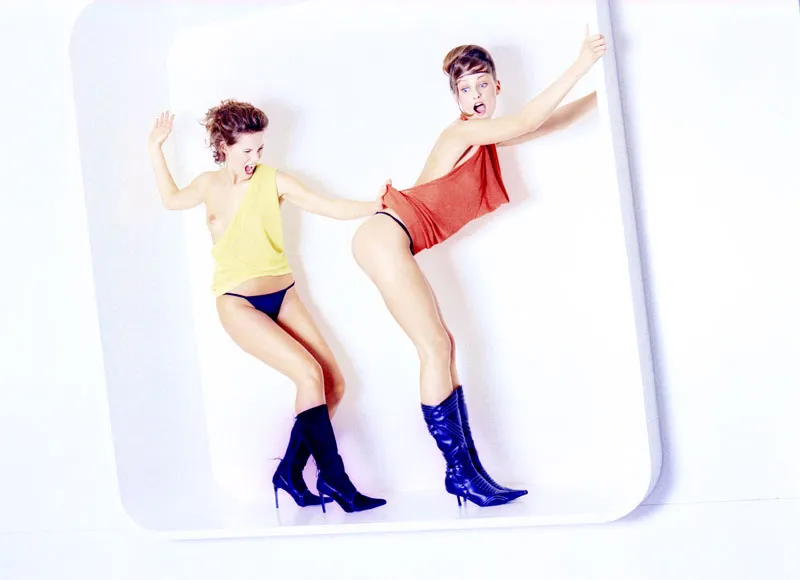
Portraits
Eroticism is a story that takes place in the mind of the viewer. Your own imagination is more important here than seeing all the shamelessly revealed details. In this respect, it is perfectly legitimate to list portraits as a separate direction within erotic photography. After all, quite a few signals, such as a sensually open mouth, an intense, promising gaze, wet hair hanging wildly in the face, shiny, sweaty skin, a seductive gesture, a deep blouse neckline, exposed shoulders or a tight T-shirt are typical of modern erotic portraits.
This portrait is also hard to beat in terms of sensuality - and eroticism! - even though it is "only" a portrait.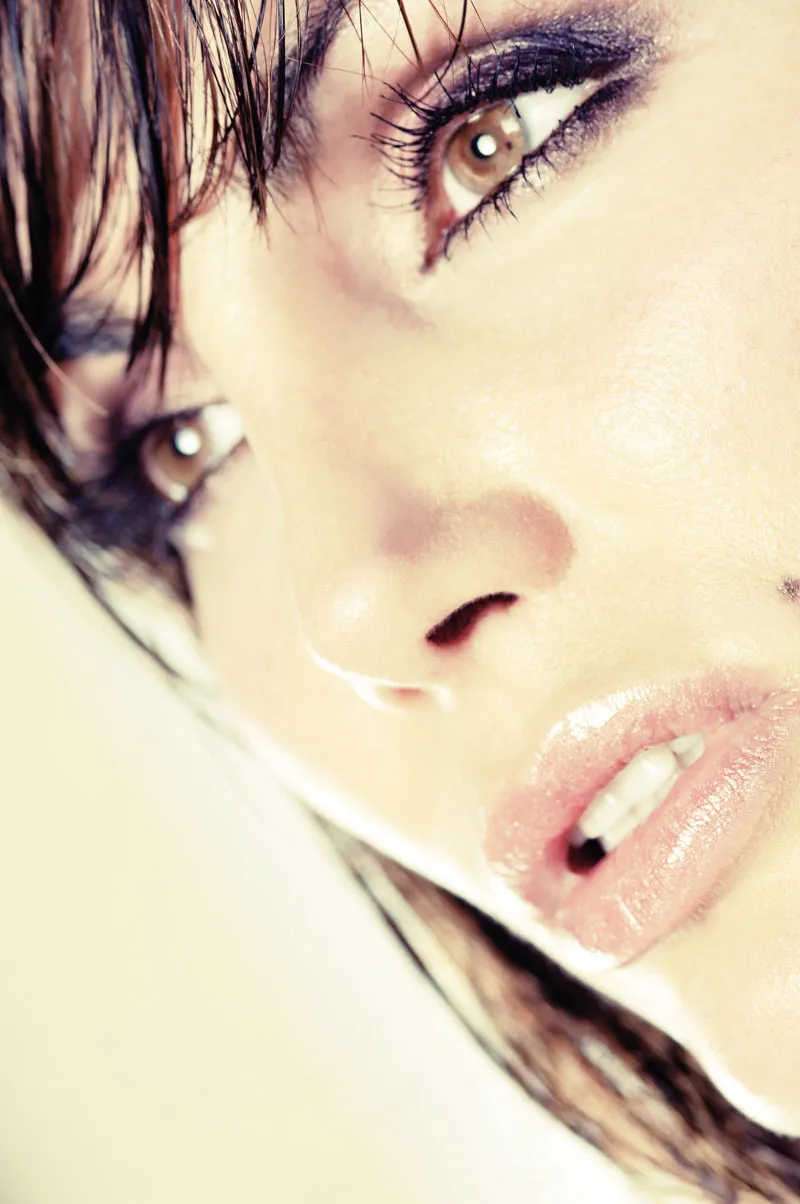
But even if neither the model's shame, buttocks, breasts nor legs are visible, a promising look, a sensually open mouth, wet hair and a skillful composition, combined with a very tight, for a portrait even rather unusually tight picture detail, are enough to create the image of a diva that will leave no man and hardly any woman cold. But such photos can't be created "just like that" in a few minutes, you need a little time to be able to work so intensively with the model that such extraordinary shots are created. For this photo I also used my favorite lens for portrait photos, the Mikro-Nikkor VR-S 2.8/105mm.
Beauty shots
Beauty photos have the task of presenting the model as favorably as possible and in accordance with current beauty ideals. The use of make-up artists is therefore always advisable. Such photos are used for advertising (mainly in the field of cosmetic products!), for the model portfolio, or also for the Stocker photography of the picture agencies (universal use ensures great sales opportunities).
As a rule, a clear erotic statement is not sought, instead restraint is required. This is also the reason why the photographer should carefully check the props used for their symbolic content. In order to avoid an overly provocative effect of the photo, care should be taken that the model either does not look directly into the camera, but instead lets her gaze wander romantically and serenely into the distance or acts as if unobserved (preoccupied).
A professional beauty photo requires the model to be perfectly made up, which is why, if you want to create a really impressive one, you should call on the skills of a make-up artist. Keep in mind that the skills of make-up artists vary, so you should not only look at the price, but also at what the make-up professionals are capable of. Oh yes, and remember to make sure that your beauty model's hands and fingers (and fingernails!) are also well-groomed if they are recognizable in the photo!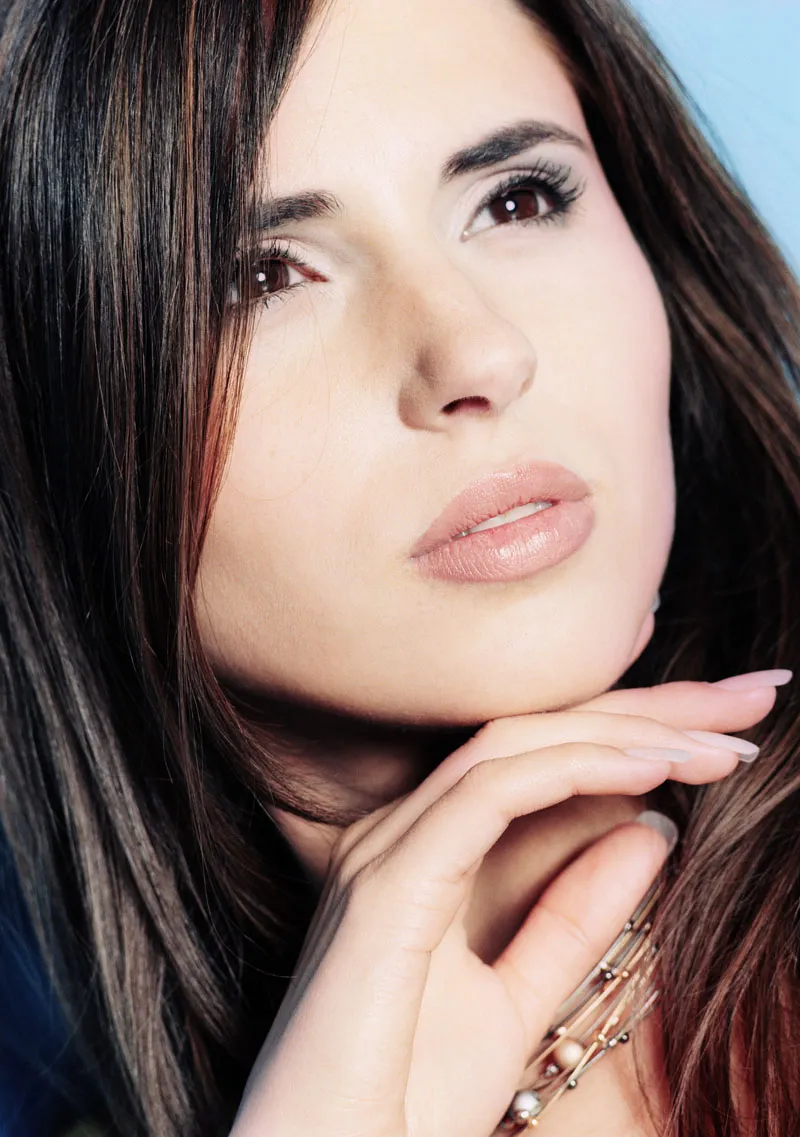
Classic nude photography
Classic nude photography stands for the timeless; everyone will immediately think of black and white, sometimes dramatically lit shots of bodies in which light and shadow are the predominant elements of the image composition. Many famous pictures from the beginning of the last century, such as Man Ray's "Le violin d'Ingres" from 1924 or "La Prière" from 1930, are just as timelessly appealing that they are still sold today as postcards or art prints. This is where the true quality of a nude photograph becomes apparent, when photos experience such a long-lasting interest.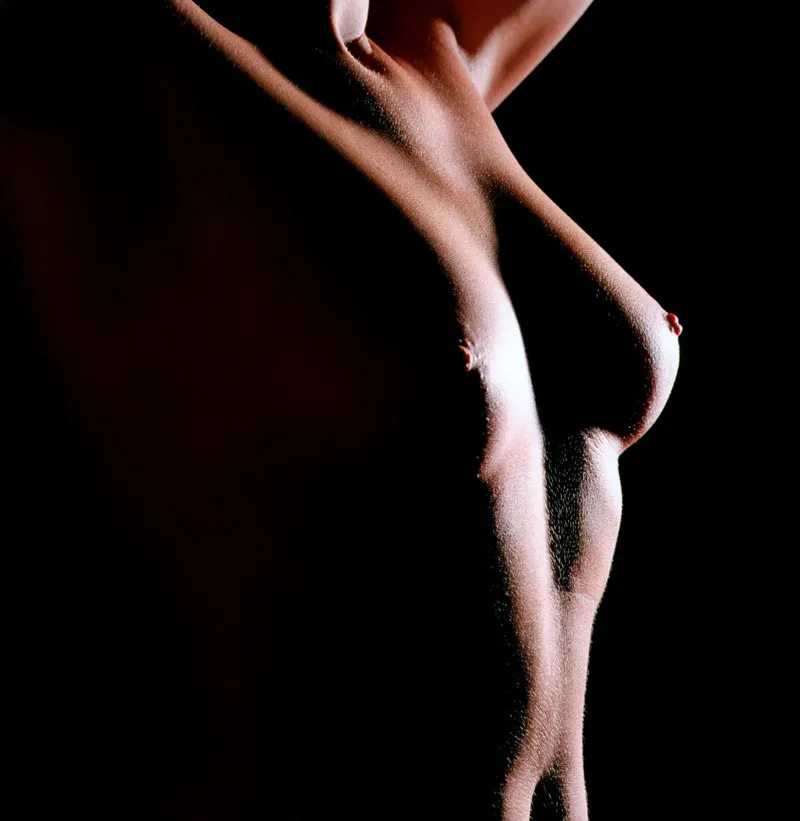
Classic photography does not automatically have to be photographed in black and white. Image composition and lighting are more important. Image processing in the sense of alienation is not common in classic nude photography. The play with light and (above all!) shadow, skillfully used, is completely sufficient to create expressive photos that are still timelessly valid decades after their creation and inspire people.
Glamor photography
In glamor photography, too, attention is paid to the perfect appearance of the models. In contrast to beauty photography, however, the focus here is very explicitly on the erotic image statement. For example, the photos of idealized female symbolic figures in many of the glossy magazines are largely associated with glamour or pin-up photography. Glamor entices and seduces, glamor wants to steer the viewer's imagination in a certain (erotic!) direction.
Glamor wants to awaken erotic fantasies in the viewer, which is why glamor always means illusion, because the magic of glamor photos is nothing more than a beautiful illusion, and the perfect bodies of the beautiful models, even if they seem so close to touch, are in reality as far away as all the other dreams from the world of advertising and promises and seduction.
So if you want to create glamor-style photos, you can't do without exclusive set design (selection of luxurious-looking locations and props) and elaborate post-production (to make the models' skin and bodies appear flawless). Photographic and lighting tricks are also used to make the illusion appear as perfect as possible. The personality of the model, the person, is completely hidden.
In glamour photography, the models don't have to be naked - but it doesn't hurt either... Jewelry, expensive clothing and fast cars as props are the ingredients that an erotic photo needs to appear "glamorous". And the make-up should also be chosen to match the image, so book a good make-up artist as part of the team if possible!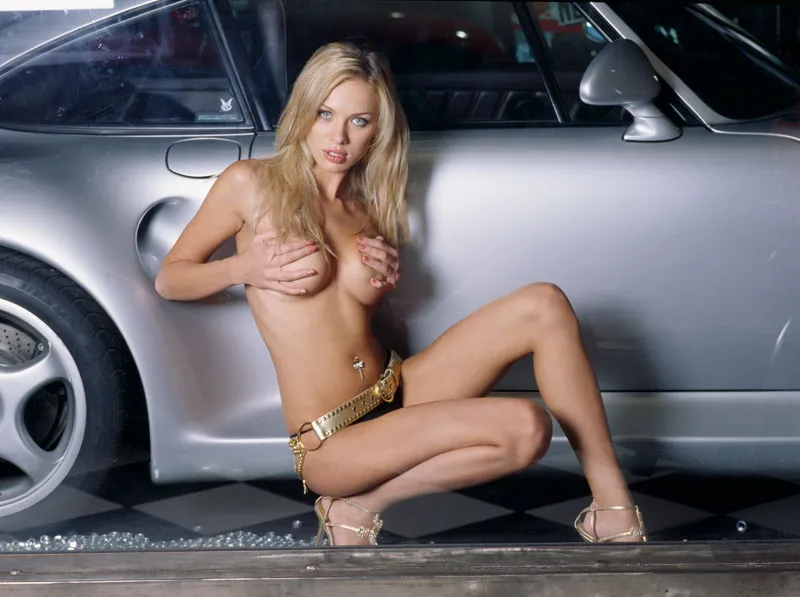
Fetish photos
Fetish photos don't just have to appeal to lovers of sexual play, photographers are also excited (albeit for different reasons) by the large number of possibilities offered by the accessories used here.
Boots and gloves, vinyl and leather, chains and whips give photographers' creativity a boost. But that doesn't mean that the results of such photo shoots have to be any less aesthetic than when pursuing other styles.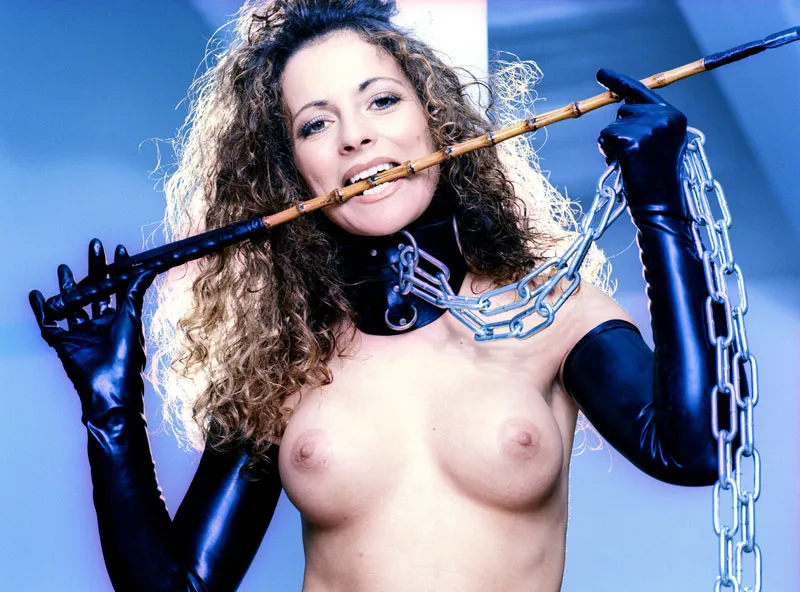
In order to get to know the range of fetish photography, I recommend that photographers who want to delve deeper into this subject should study the relevant SM magazines. The photo books of some well-known photographers who have dealt more intensively with the varieties of fetish photography in the past, such as Eric Kroll and Günter Blum, who died in 1997, are also worth a look. The postcards of Betty Pages, the (still best-known) fetish model from the USA in the 1950s, which can still be purchased, show "coquettish" fetish fantasies.
Gothic
Originally part of fetish photography, gothic has become increasingly important as a style in recent years. This may be due not least to the many imaginative costumes used in gothic photography. And even if some gothic models sometimes wear "quite unusual" make-up, they usually have a very good command of their own make-up, which in turn is an advantage for expressive shots.
In gothic photography, black is not only the predominant color in the make-up or costumes of the models; in most cases, the photographer will also try to convey the dark and eerie mood of the gothic movement in his photos, which is why, unlike in beauty photography, for example, low-key photos will be the first choice.
With the help of the latest computer technology and image editing programs, the results can then be further alienated on the PC or Mac, be it by making the photographed colors darker or by creating entire - eerie! - worlds (with mythical creatures, full moons, etc.) can be added.
Unusual costumes reminiscent of times gone by and imaginative styling are part of the tools of the trade for gothic fans. And even if black is the predominant color, it doesn't mean that beauty falls by the wayside, as this photo by Amethysta proves ...
... which was taken at the Nikon Solutions in Cologne in the fall of 2007.

Provocations
A style that is particularly popular among "rebel" nude photographers is provocation by means of explicit (sexual) poses or nude photography in public (possibly with spectators). The message of the image is always clear and the aim is to shock the viewer, which can - unfortunately - even become an end in itself for some photographers.
It is obvious that the borderline to pornography is quickly crossed for some viewers. The image effect is often not even the result of a "candid" display of sexual characteristics; rather, it is the way in which (self-confidently!) the models present themselves and where they do so.
The Japanese photographer Araki in particular has become a veritable cult among fans of this extreme type of nude photography. But nowhere else in erotic photography is the balancing act between skillful image expression and embarrassing showmanship as difficult as here.
The obvious presentation of genitals is probably one of the greatest provocations of all - at least in the eyes of most people. Nevertheless, such photos should also be viewed according to the usual image assessment criteria, because it is not what is photographed that is decisive, but how something is photographed.
Even if you don't see "too much", but only hint at it, in most cases the viewer's imagination is enough to imagine the "rest"...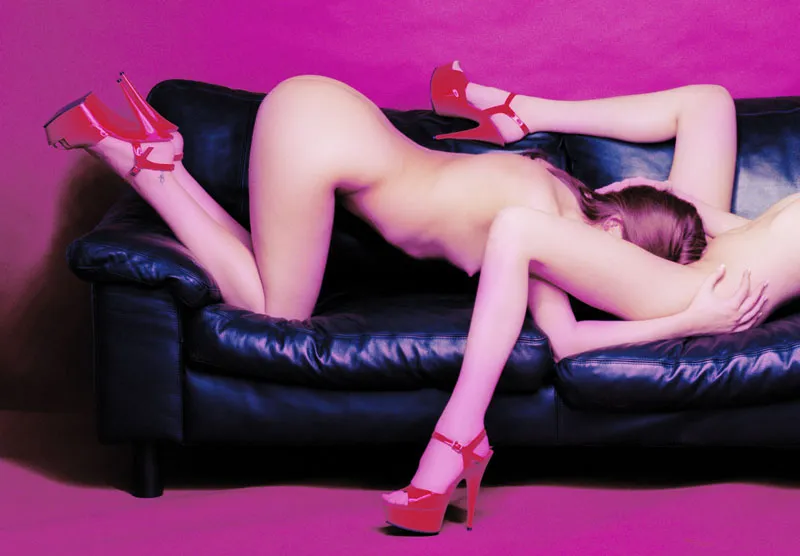
Realism
Natural ("realistic") nudes are relatively neglected in professional photography. The reason for this can probably be traced back to the ideas of beauty currently prevailing in European culture, which are opposed to an unadorned and unerotic depiction of the human body. In addition, the commercial use of such photographs is primarily limited to the medical and scientific field.
One aspect that speaks in favor of nude photography in the style of realism is that even photographers who have problems procuring pretty models can "get their money's worth", as any person (e.g. from their circle of acquaintances) can be used for this type of nude photography.
However, realism does not mean that the models are automatically not allowed to look as good or that the photos cannot be "sexy" in some way. This photo is also taken in a realistic style, and yet it certainly has its erotic charms.
Surrealism
Surrealist nude and erotic photographs are created on the border between reality and fantasy. This world of the bizarre is intended to surprise the viewer, entice them into the world of fantasy and sometimes even make them think.
Such a "journey into the unreal" requires not only imagination and creativity on the part of the photographer, but also a courageous and open-minded model with a talent for acting. The model should also be prepared to play unusual and illogical roles. Surrealistic nude and erotic photos evoke emotions that go beyond the usual framework of eroticism, even more so than compositions in other photo styles.
The almost unlimited possibilities of image editing with Photoshop and other programs are virtually predestined to further manipulate the resulting images on the computer afterwards in order to further enhance the surrealistic effect. Experts create entire "artificial worlds" on the computer, which sometimes means several months of work for 1 photo. The most important accessory here is a sufficiently large graphics tablet (at least DIN A4 or better A3) with a pressure-sensitive pen, which makes the work of the creatives behind the monitor much easier.
The Englishman Barry Lategan was one of the first to achieve fame for such work in the field of creative photography with elaborate image editing.
However, surrealistic effects can also be achieved using simple methods. In this photo, which was taken conventionally digitally (i.e. with standard settings) with my Nikon D3 in my studio, I used the gradation curves in Photoshop (Image - Adjustments - Gradation Curves), which I bent and distorted several times to create this unusual alienation.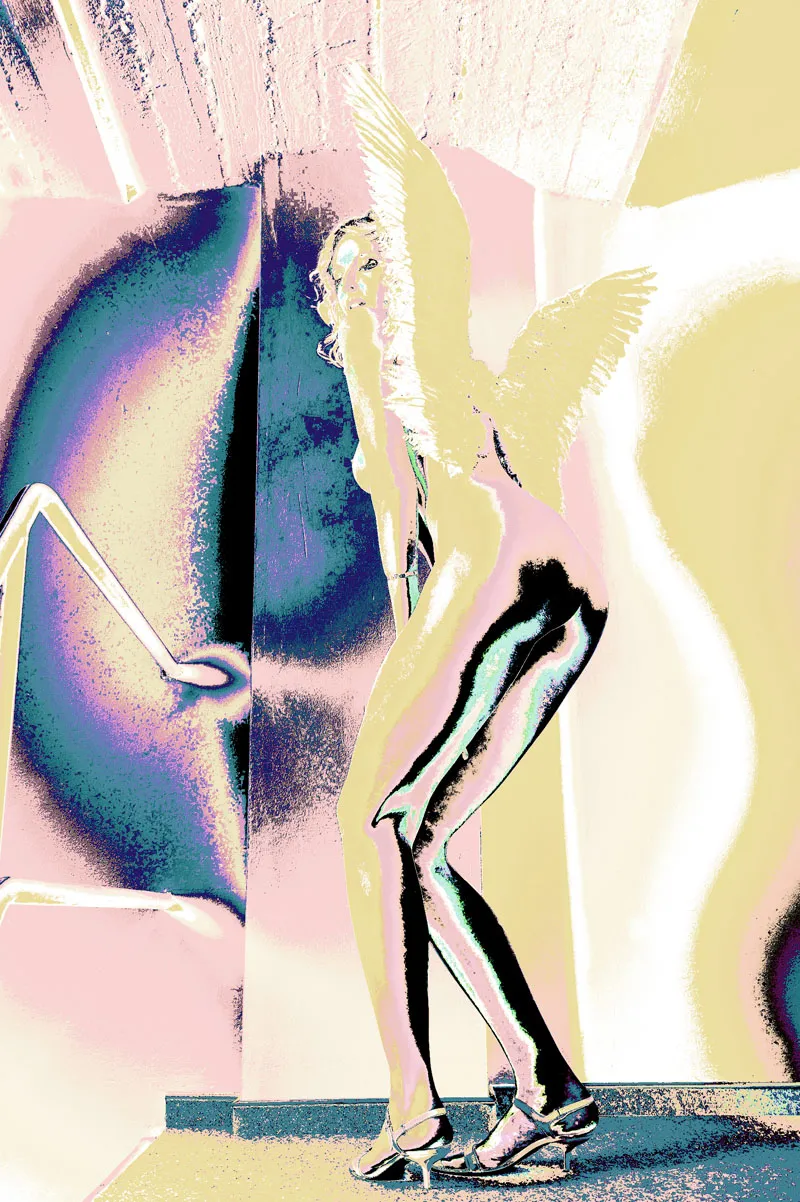
Romanticism
Romantic stagings want to put the viewer in a tender, emotional, soft mood, and the unfulfilled dream of many people for a carefree life in connection with beautiful, tender, young, undressed, predominantly female models gives this style of photography its raison d'être. Even today, the term "romantic erotic photography" is inextricably linked with the name David Hamilton. At times the most popular photographer of girls in the seventies, he once created an idyllic dream world full of lightly and airily dressed female teenagers ("nymphets"), whereby his trademarks were the constant use of the soft-focus effect, the models' transparent blouses and the French country house atmosphere.
What many romantic productions have in common is the high-key character of the shots with low contrasts (low gradations) and backlighting, whereby high-sensitivity films with strong grain were often used in the past. Today, on the other hand, various Photoshop filters, soft focus, etc. are used.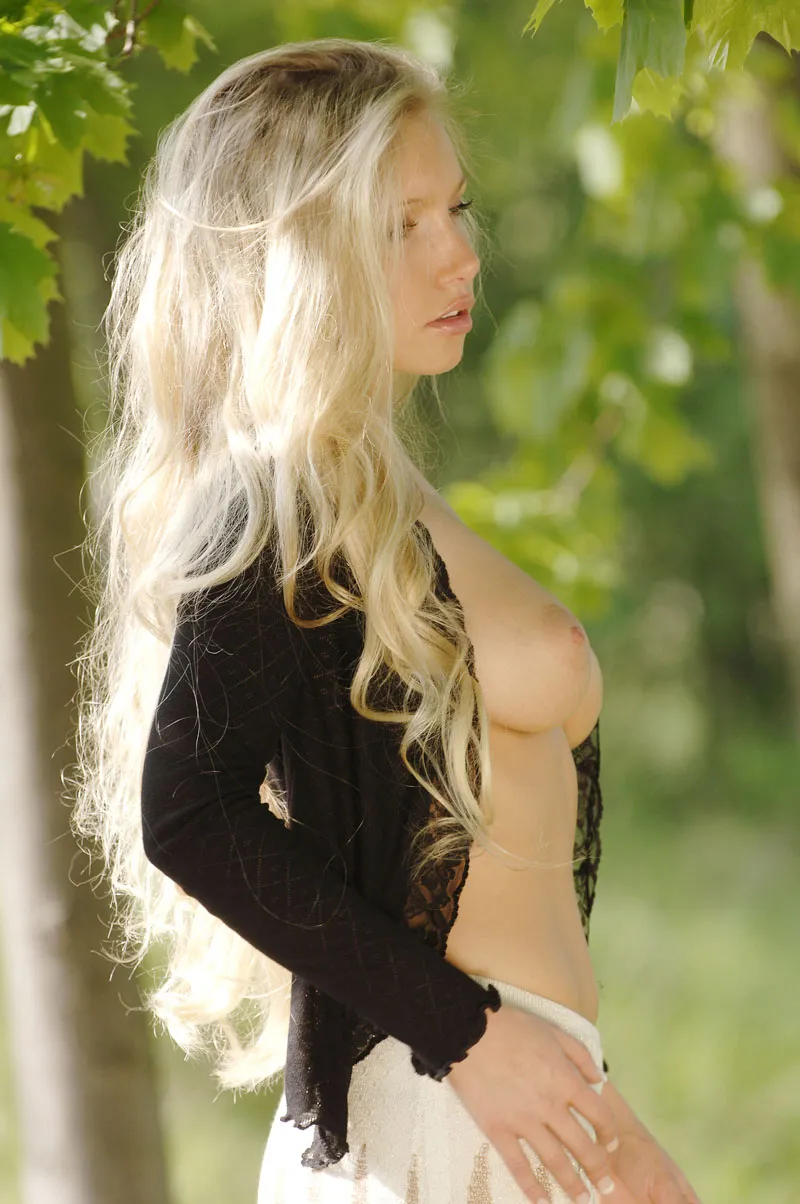
Intimacy
Intimacy is sometimes perceived as intrusive by some people, even pornographic by others. However, at the latest since the publication of Jean-Francois Jonvelle's illustrated book "Photographs", in which he tells the story of a young woman (his lover?) whom he accompanied with his camera over a long period of time using erotic black and white photographs, even the last moralist should have realized that intimacy can also be photographed in an aesthetically sophisticated way and without violating the dignity of the model depicted.
The question must therefore be asked at this point as to what distinguishes individual erotic styles of nude photography from pornography, which is not discussed further here? Since often neither content nor photographic technique differentiate, I have come to the conclusion that, if one limits the investigation to "normal" erotic depictions, it is the aesthetics that pornography lacks and thus becomes a criterion for differentiation, although the strongly subjective character of this term makes any differentiation merely intrasubjectively comparable.
In the effort to differentiate, it therefore seems to be less important what is shown than how it is shown! Other demarcation criteria used in the literature, such as the intended use of a photograph, are completely unsuitable, as the author of the image no longer has any influence on this after the sale (of the calendar, book, postcard, etc.).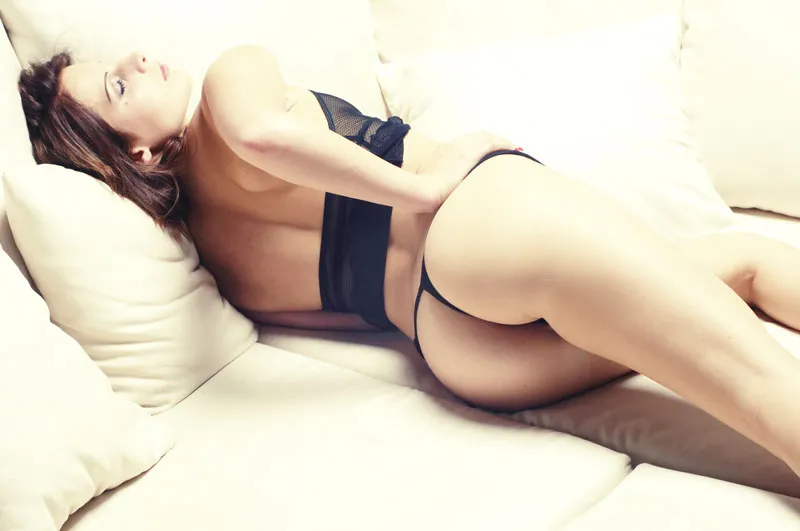
Intimate photos must appear credible, which is why technical and creative quality should not be the focus of your efforts. Spontaneity and authenticity are more important. Intimate photos look more credible if they don't look too technically perfect.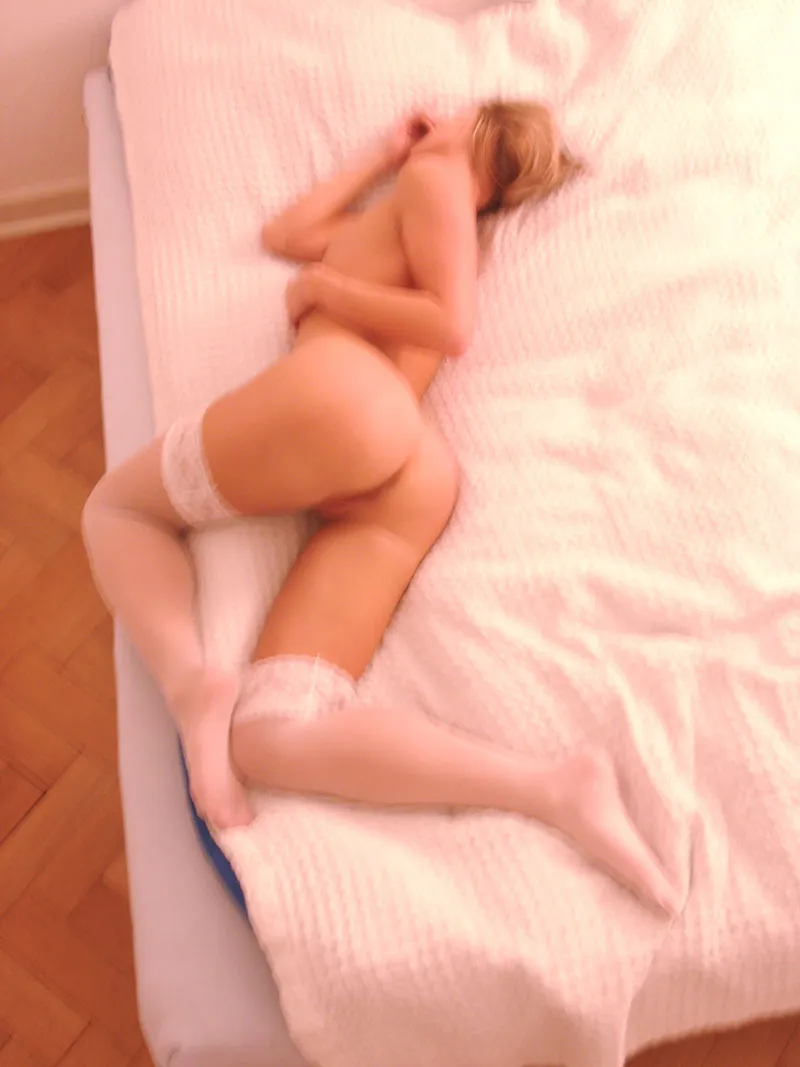
Smudge effects help to suggest to the viewer that the photos are "real", i.e. not posed (which of course is not true!). Your model should therefore only look into the camera in exceptional cases.
